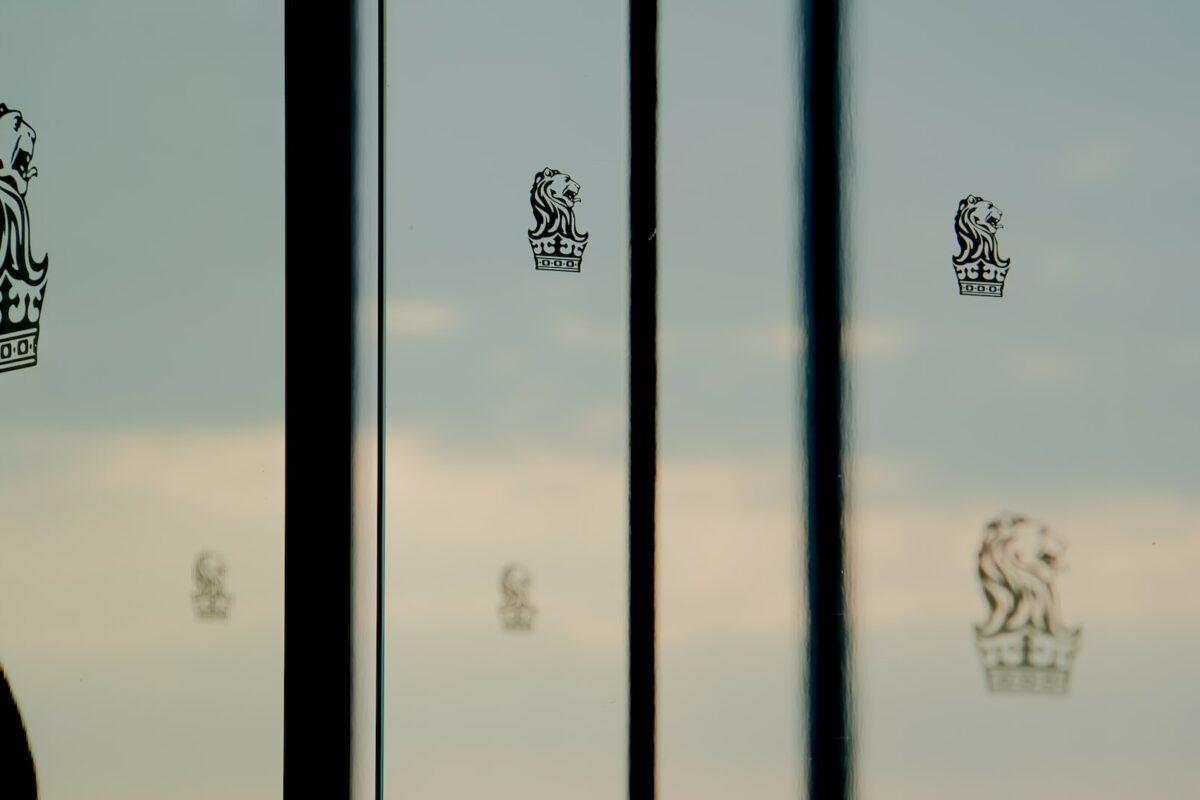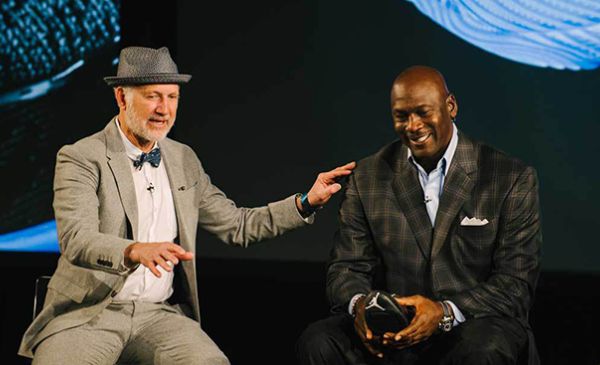Recently, the research firm APCO Insight released its list of the top 100 most loved companies. Their study measured consumer attachment to brands based on eight emotions: understanding, approachability, relevance, admiration, curiosity, identification, empowerment and pride. There are some interesting results. Yahoo beat Google. Disney beat everyone (OK, maybe that’s not so much of a surprise) and Apple came in at ninth (which certainly would surprise many).
According to the study:
- The tech sector outperforms across all emotions, and rates especially well on relevance, meaning people see these brands as fitting with them and playing a meaningful role in their lives. But they could inspire more curiosity.
- Retail brands are seen as highly approachable but people are less enthusiastic about wanting to be associated with them.
- Restaurants are also approachable for the most part, but they don’t appear to help consumers feel as confident or self-assured as they could.
So what does this tell us about how we react to brands? Why is one brand more loved than another and are the criteria for loving a brand changing?
My thoughts:
We love the brands that help us love ourselves: the brands that we feel “get” us, welcome us and empower us. The rise of tech in APCO Insight’s research shows just how much devices have mainstreamed their way into our psyche. Machines telegraph our own currency (and therefore relevance) to others in addition to being relevant to us. More broadly, brands help us resolve things – personally and for those around us. There’s a lovely thought that explains this in this article by Joan Khoury – a good brand, she says, “is an exterior way out of an interior crisis.”
- We look for brands that show leadership: the brands that we admire, that we identify with and that we are proud to call our own. So there is both a sense for consumers of wanting to be in control of the brands they buy but also wanting to be part of a wider community. Step inside an Apple store and there is both the celebration of the individual and a palpable sense of community;
- We differentiate between brands that we feel welcomed by and brands that we welcome being associated with. My reading of this research finding is that we like how a great shopping experience feels but we don’t necessarily want to broadcast who and where we go. That suggests retail brands still have work to do to lift their desirability as brands as distinct from merchants;
- We want to be guided at some level, but in ways that lift our confidence rather than telling us directly what to do. Loved brands navigate rather than direct. They light a path and invite … and increasingly they need to do that over an increasingly multi-channelled, multi-stage buying pattern that David Armano has christened the “purchase spiral” using, I surmise, a combination of in-store, content, reviews, word of mouth recommendations and paid marketing. That further suggests that conversion cycles are increasingly individualized and therefore that calls to action that help consumers get to a point of comfort at each point of their personal conversion cycle, especially for considered purchases, are critical. Brands need to pay a lot of attention to who stays in and who opts out, where, when and why right along that buying process if they are to make sense of what works and what doesn’t. Each experience in that elongated pattern has a pass/fail. Each “converts” in the sense of impelling consumers forward, or it doesn’t.
That, in turn, would suggest:
- Experience design is critical, content is now part of experience, and responsibility for experiences is becoming shared. The brands that consumers love keep giving them more and stimulating them to want more. Sounds obvious. But it reinforces the point that experiences are not isolated, that there is no one big-bang experience and that content alone doesn’t make you loveable – the full (wider) experience needs to aim to evoke the eight emotions that APCO Insight refer to: understanding; approachability; relevance; admiration; curiosity; identification; empowerment; and pride.
- To make that happen, the experiences that brands provide to customers will need to be sourced from across the business, not just created and championed by the marketing department. This excellent PSFK article on Designing Customer Experiences clearly articulates the evolution ahead: “The new customer experience is actually a journey and it’s driven by the shared experiences of other consumers. It’s perpetual. It’s emotional. With big data, social media listening, research, customer information is more than readily available. More importantly, experiences and the emotions that people feel and share must be met with more than a listening or research team. This understanding and awareness requires a handheld escort throughout all avenues of the organization that in some way, shape or form contributes to the customer experience.
The Blake Project Can Help: The Emotional Connection Workshop
Branding Strategy Insider is a service of The Blake Project: A strategic brand consultancy specializing in Brand Research, Brand Strategy, Brand Licensing and Brand Education





4 comments
Hilton Barbour
November 8, 2013 at 9:15 am
Mark – interested in your views on the notion of “love” within the brand vernacular. Doesn’t “love” require reciprocity? Saatchi has certainly laid claim to the notion of love in association with brands but can brands ever genuinely “love” us back? Brands (and to be more transparent, companies) aren’t motivated by empathy and our genuine well-being…they’re motivated by building preference, loyalty and profit. As human beings, we don’t love brands because their well-being is somehow more important than our own. Brands, as you artfully suggest above, are merely proxies or shields for our own ambitions and insecurities. This doesn’t sound like “love” to me. Perhaps I need to remove my neo-classical philosophical view of love. I do fear that inserting a phrase as loaded as love into debates about brands can skew the perspective and objectivity of brand leaders. Your thoughts?
Mark Disomma
November 8, 2013 at 1:05 pm
Wow Hilton – I hadn’t thought of it from that viewpoint. I had simply continued the premise from the research … However, your astute observation (nothing new there) requires careful consideration and yes, I agree, a cooler lexicon. Kevin Roberts of course used the phrase to convey the intensity of the loyalty and affinity that brands generate in people. But what you’ve raised here is the real challenge isn’t it? How does a brand demonstrate reciprocity? How does it “love” back? It can’t. It can’t do what the Beatles sang about all those years ago – “Love, love me do, you know I love you …” Perhaps as marketers we all need to choose our words, and our expression of findings, more carefully. Thanks, Hilton. Wonderful insight. Regards, Mark.
James H.
November 8, 2013 at 2:01 pm
Beautiful insights on branding! “Loved brands navigate rather than direct. They light a path and invite….” I like that!
It’s better to be a guide than to push someone along the path. No one enjoys pushy brands telling us to read this, and subscribe to that, buy this and buy that. I definitely agree that we associate brands by how they treat us more than what they telling us to do. Definitely something to keep in mind when engaging with an audience.
Thanks for sharing!
Mark Disomma
November 8, 2013 at 9:45 pm
Something a few retailers might like to remember too James, as they shout at us hoping somehow to win our attention … Engagement is a long way from interruption. Thanks for your thoughts. Mark.
Comments are closed.